Yatra
Raminder Kaur
‘Seeing the gurdwaras in Pakistan in the 1980s, I would want to cry. They were in such a bad state. I was thinking we have such wonderful gurdwaras in England, look at the state of these.’
So recalled Ranjit Singh Rana of his first visit to Sikh gurdwaras in Pakistan, it being one of the main reasons that he started organising yatra or tours to Pakistan. Ranjit is a community leader, historian, writer, and publisher based in Handsworth Wood in Birmingham.
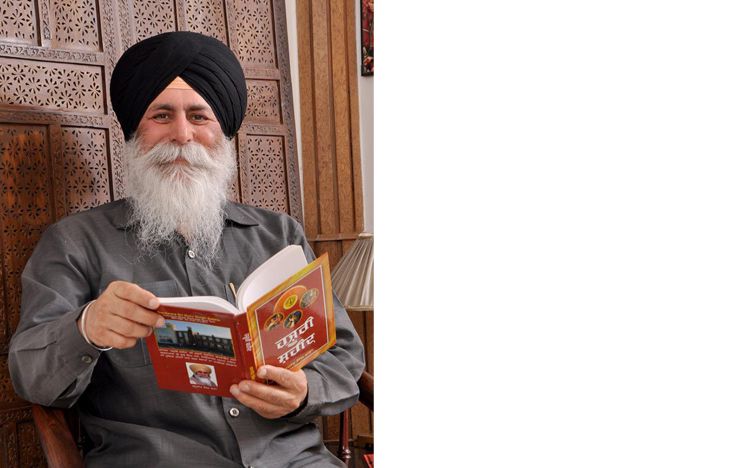
Figure 1: Ranjit Singh Rana, community leader, historian, writer, and publisher based in Birmingham
He came to UK in 1985 to settle as a parcharak (learned preacher) after an earlier visit in 1983. He first went on a yatra to Pakistan in 1987 with Sant Baba Harbans Singh Domeliwala, a spiritually advanced man who hailed from the village of Domeli in district Kapurthala in Panjab, India. The sant (holy man) had started visiting Britain from 1973, and by 1979 had permanently settled in a gurdwara that was built in his honour by British Sikhs in West Bromwich in the borough of Sandwell adjoining Birmingham. Formerly a disused retail unit, the building was bought by the founding trustees of the gurdwara with the support of the sangat (community) and a bank loan. It was named Guru Har Rai Gurdwara after the villages that the seventh guru, Guru Har Rai, visited in Panjab, associated with the charismatic sant – Domeli and Babeli. It has now become a hugely popular gurdwara in the West Midlands.
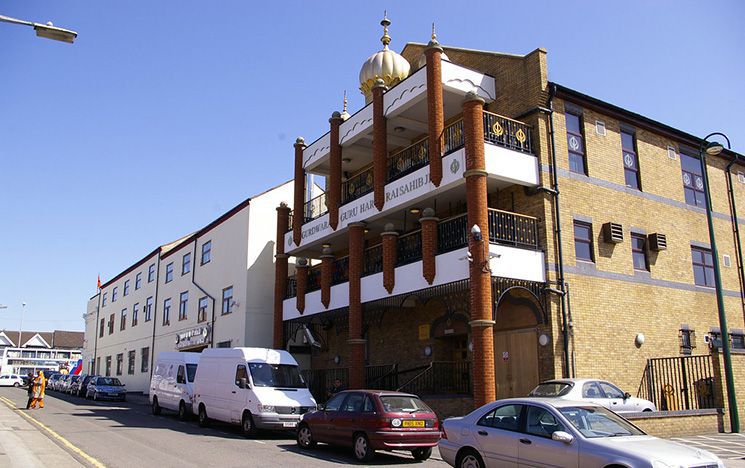
Figure 2: Guru Har Rai Gurdwara in West
Sant Baba Harbans Singh Domeliwala was concerned about the dilapidated state of historical gurdwaras after the partition of Panjab in 1947 and began the first formal yatra in association with a travel agency in Britain. They used to go for the birthday of the first guru, Guru Nanak Dev, to Gurdwara Janam Asthana in November in Nankana Sahib, while also visiting about sixteen other sites of significance.
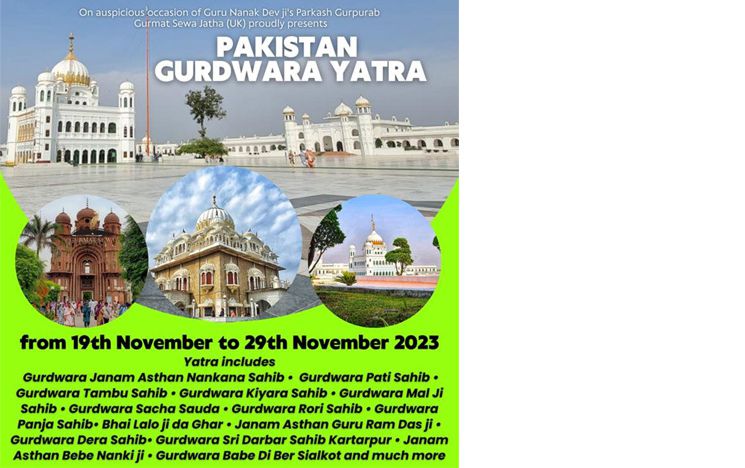
Figure 3: Poster for Pakistan yatra to celebrate Guru Nanak Dev's birthday
With this, they would organise a three-day ceremony to read the holy book in one of the gurdwaras, akhand path, alongside other voluntary activities (kar seva) as with supporting dispensaries, filtered water facilities, and air-conditioning important rooms. Such initiatives followed the precedent taken by the Shiromani Gurdwara Parbandhak Committee who from 1951 used to go to Pakistan twice a year from Amritsar in India to Nankana Sahib, and Dera Sahib where the fifth guru, Guru Arjan Dev, was martyred in 1606 in Lahore.
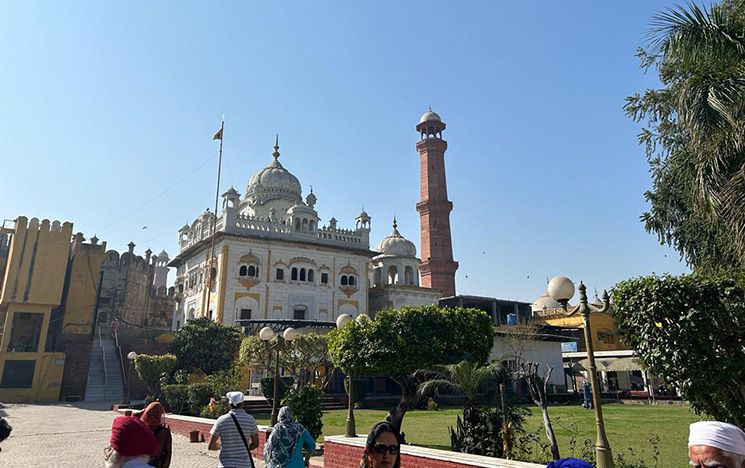
Figure 4: Gurdwara Dera Sahib next to the fort, Shahi Qila, in Lahore
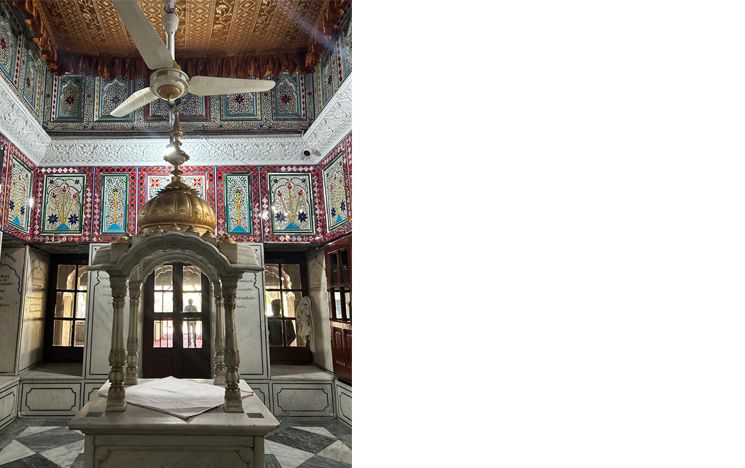
Figure 5: Shrine to mark the place of Guru Arjan Dev's martyrdom in 1606 in Lahore
When based in West Bromwich, Sant Baba Harbans Singh Domeliwala had hoped that British Panjabis could maintain links with the few Sikhs that remained in Pakistan after partition, supporting them to restore and maintain the gurdwaras. On such yatras, the sant would collect money and clothes to distribute among the poor. His popularity spread to people of all religious persuasions in Pakistan, such that he became known as the ‘Pir of Domeli’, pir being a term used to describe Muslim holy men. When Ranjit joined the sant, he relayed the histories of the gurdwaras to the group’s delight. The sant expressed: ‘Come with me every time.’
Gurdwara Sacha Sauda is a case in point.
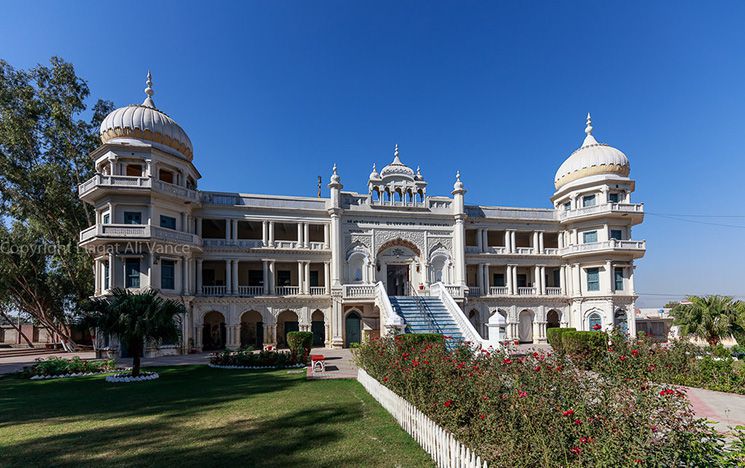
Figure 6: Gurdwara Sacha Sauda in Pakistan
This fortress-like building sponsored by Maharaja Ranjit Singh (1780-1839) marks the spot where Guru Nanak Dev encountered hungry mendicants (sadhu) in a forest in the fifteenth century. The young guru was on his way to the market with twenty rupees given by his father, Mehta Kalu, to buy some goods that he could bring home to make some profit. To his father’s great annoyance, Guru Nanak Dev thought that the best profit to be made was to buy food to feed the sadhu.
Ranjit recalled how when he first went to Gurdwara Sacha Sauda, there were goats and sheep tied to the holy place: ‘This was our heritage in Pakistan.’ He took up the helm of organising his own yatra in 1994 to also ensure the upkeep of the gurdwaras. It was his seva (selfless service) to the global Sikh community. The organised yatras also led to the opening of a dispensary, the digging of a well, and the provision of filtered water in the Pakistani city of Nankana Sahib.
Establishing a charity, Gurmat Sewa Jatha, in 2019, along with his small team of aides, Ranjit expanded the yatras for celebrating Gurpurb that was originally only in November. In February, he organised a yatra to commemorate the martyrs of Saka Nanakana Sahib during the colonial era, in April to celebrate the new year of Vaisakhi, and in September to mark the physical passing of Guru Nanak’s Eternal Light (Jyoti Jot). These were the four main events that were annually celebrated in Nankana Sahib as the central place for Sikhism in Pakistan.
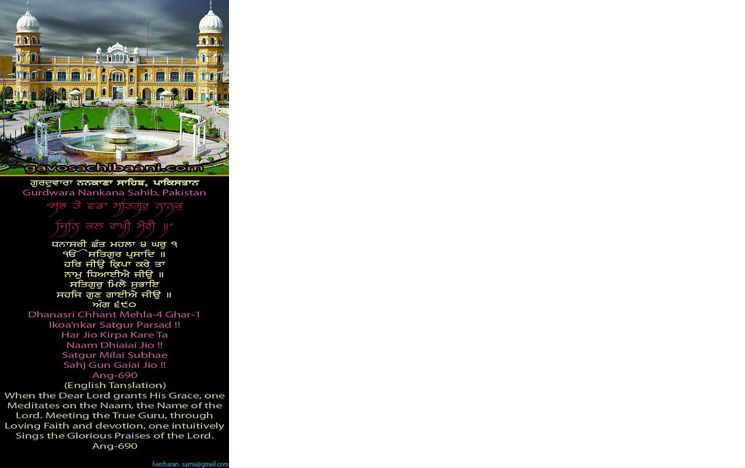
Figure 7: Gurdwara Nankana Sahib on social media
However, the COVID-19 pandemic put paid to this venture. The yatra were resumed in November 2021 with a small group, and resumed full force from February 2022 when international travel restrictions were lifted.
From the 1980s, Ranjit started writing articles about the gurdwaras in Pakistan that he printed himself and in other outlets like the national daily for overseas Panjabis, Desh Pradesh. He also talked about them in lectures at British gurdwaras and on community radio and television stations. The effort was slow to yield confidence among British Asians who were worried about the political situation in Pakistan. But with time, and on hearing about the trips from others, more and more began to go. From 2000 onwards, representatives from the Pakistan Gurdwara Parbandhak Committee toured British Sikh gurdwaras to talk to the congregation. Ranjit explained:
‘People found out that the security for travellers is very good in Pakistan. Before we used to just stay in the gurdwara premises. We didn’t then have permission to stay outside the gurdwaras. Then later around 1998, we could stay in hotels. The Pakistan authorities realised that these that yatra were very good for their economy – people who would come would spend money and go shopping. Travel is a big business. They thought that it benefits them as well.’
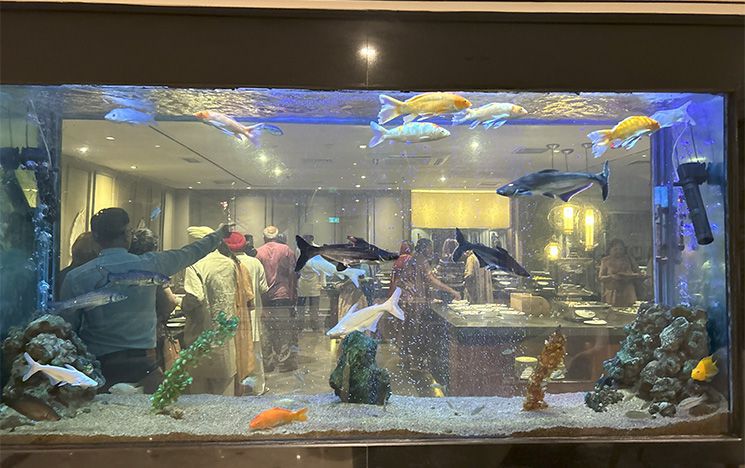
Figure 8: Breakfast hall seen though fish tank in Pakistan hotel
Previously it was mainly British Sikhs aged over 50 that used to go. But nowadays they are also younger British Asians in their 20s and 30s interested in finding out more about Sikh as well as Panjabi history across the border. Ranjit described the conditions over time:
‘In the early days we used to sleep on the floor in the sarai (pilgrim inns adjoining the gurdwaras). Then they provided wooden beds. But the rooms would be damp as they were not used all year round. There would be about seven or eight people in one room. In those days they would bring out the Shri Guru Granth Sahib for us. They would keep these holy books in Nankana Sahib. Nowadays it is there in the gurdwaras twenty-four hours a day.’
In the 1980s, the yatras used to cost around £500 that compares with around £1,700 for a ten-day trip nowadays:
‘But if your salary was £45 a week then, you’d still have to have the equivalent of ten weeks of salary. So it was difficult for many. But still people went out of a sense of faith (shradda).’
Ranjit’s team would organise everything from acquiring visas to ensuring bottled water was available throughout the tour. Pilgrimage visas of fifteen days could be acquired that nowadays last thirty days in any six-month period enabling British visitors to also travel on their own.
Ranjit makes it a point to include sites that are not strictly Sikh in the itinerary:
‘Guru Nanak was for everyone. We make it a task to visit those places associated with Sikhism as well. We go to the dargah [tomb and shrine] of Mian Mir and Baba Farid in Lahore. Sikhism accepts these Sufis - in that way they are closer to us than they are to orthodox Islam. But nowadays for some Sikhs even, this is hard to accept. Previously it was not the case.’
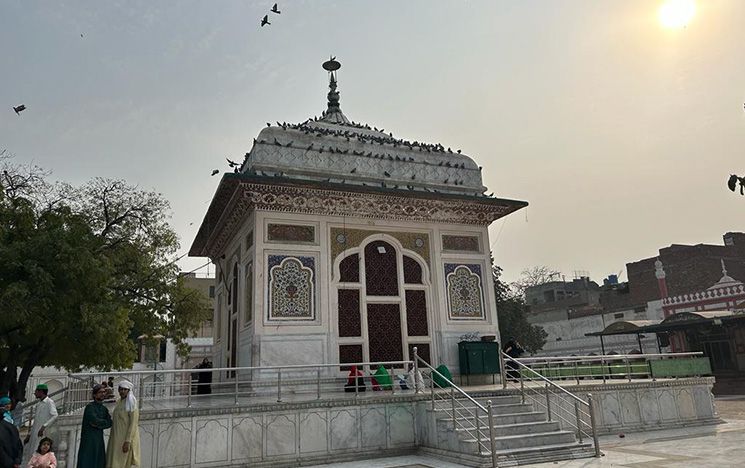
Figure 9: Dargah (tomb and shrine) of Mian Mir in Lahore
Based on the success of the Pakistan yatras, Ranjit started organising trips to India to visit the Panj Takhts, the five important seats of Sikh history that include gurdwaras in Amritsar, Anandpur Sahib, Talwandi Sabo, Patna and Nanded located across the length and breadth of India: ‘Here we take the opportunity to also see the places associated with bhagat (holy men associated with Hinduism) like Kabir, Eknath, Namdev, and Dhanna. After all, their verses are in the Shri Guru Granth Sahib.’
The British Panjabi congregation has been particularly instrumental in renovating and maintaining three gurdwaras. These are Tambu Sahib and Bal Lila associated with the first guru in Nankana Sahib, and Gurdwara Shahid Ganj Singh Singhania where about hundred thousand men and women lost their lives to an oppressive governor in eighteenth century Lahore. They have also contributed to the establishment of residential blocks and a langar dining hall in Nankana Sahib. In 2023, along with Ranjit’s initiatives and the support of the sangat, a Guru Nanak scholarship for M.Phil. and Ph.D. research on Sikhism and Panjabi history, society and culture in Lahore’s Government College University was established.
Overseas Sikhs have supported court cases for reclaiming significant sites. This was especially the case for Gurdwara Shahid Ganj Singh Singhania.
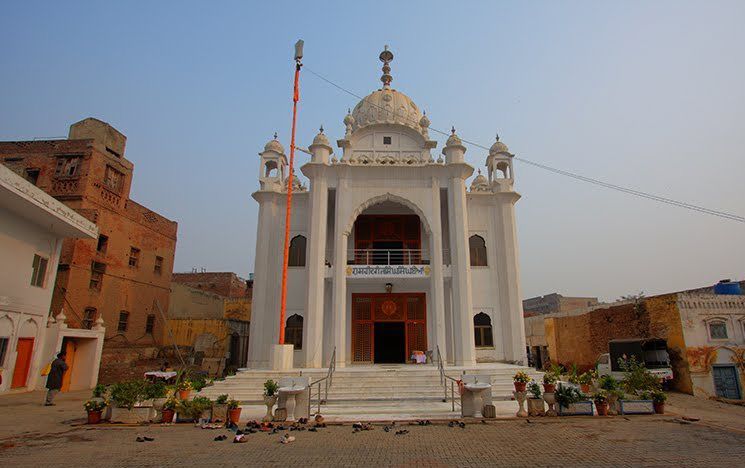
Figure 10: Gurdwara Shahid Ganj Singh Singhania in Lahore
While initiated during the colonial era about a hundred years ago over a dispute where the Muslim community maintained that it was originally the site of a mosque, a decision was made in favour of the Sikh community by the Lahore court. But this was before 1947 after which most Sikhs had to leave for India. After settling post-partition disputes, the gurdwara was rebuilt in 2004.
In his planned yatra for September 2023, Ranjit has expanded the itinerary to include two new sites: the sixteenth century Rohtas Fort, and Gurdwara Chowa Sahib marking the spot where Guru Nanak Dev caused a spring to emerge.
Ranjit’s zeal for the yatras emerges out of a keen grasp of the alternative scenario: ‘If we didn’t support the gurdwaras, they would all go to waste. If the jatha (groups) did not go, gurdwaras would be lying around abandoned. If we didn’t go to Pakistan, these gurdwaras would have been finished.’
Such yatras not only cover sites of religious and historical importance but also enable camaraderie between fellow South Asians across the border. They go some way to healing the pain of partition that is still felt to this day especially by Panjabis across the world. As Ranjit wrote in his poem, ‘My Reverent Punjab’ in his anthology, The Punjab of Our Times:
Oh! My Punjab
I am the son of your soil
Bathed in your waters
Grew up playing and toiling in your fields
Your air passes
Through my body and soul
All your treasures bless me
To grow up and glow
Sufi Night in Pakistan
- Video transcript
Music playing - Sufi Night organised for British Asian pilgrims by Rai Bilal Bhatti, the nineteenth generation descendant of Nawab Rai Bular Bhatti who donated land to Guru Nanak Dev.